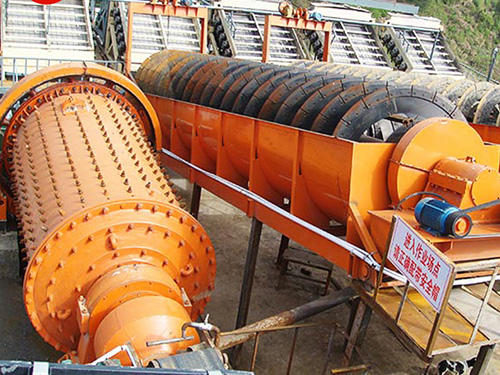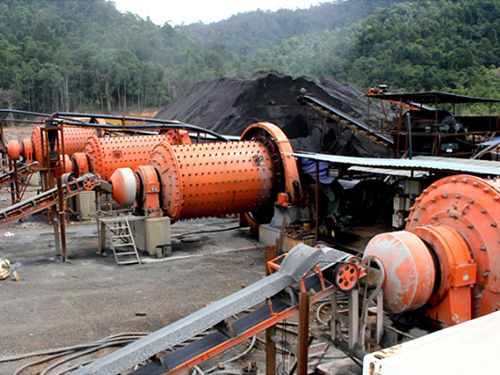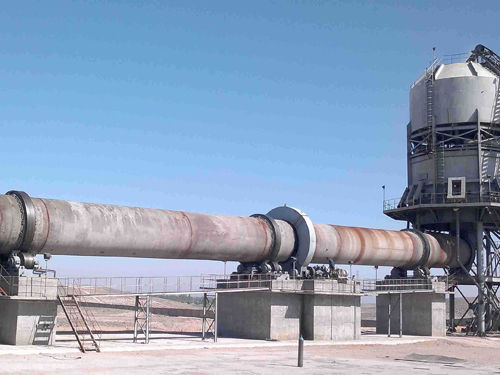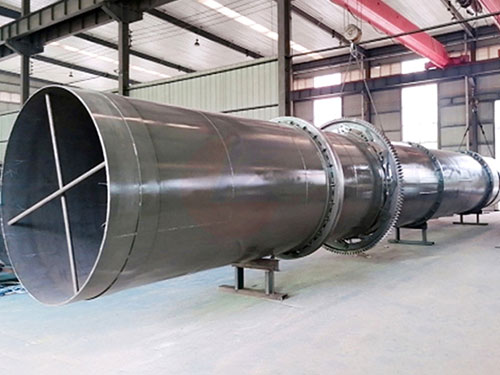Hammer mill and ball mill are two common milling machines in the mining and construction industries. Although they share some similarities, they also have some differences.
The hammer mill uses a high-speed rotating hammer to break the material into small pieces. It is mainly used for crushing materials with a hardness of less than 200MPa, such as limestone, gypsum, coal, etc. On the other hand, the ball mill uses steel balls to pulverize the material. It is mainly used to grind materials that are soft or brittle, such as ore, rock, glass, ceramics, etc.
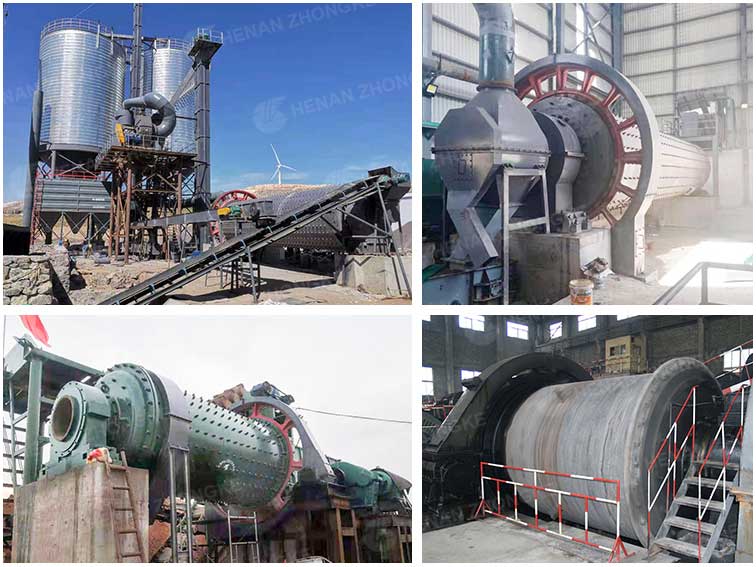
One of the benefits of the hammer mill is that it is very simple to operate and maintain. It also has a lower initial cost than the ball mill. In addition, the hammer mill produces particles with a uniform size, which makes it ideal for producing feed for animals.
The ball mill, on the other hand, is more versatile and can grind materials to different sizes. It can also be used for wet and dry grinding, which makes it suitable for different types of materials. Furthermore, the ball mill can grind the material to a very fine size, which is useful for preparing materials for further processing.
In conclusion, the hammer mill and ball mill have their own advantages and disadvantages. Choosing the right milling machine depends on the specific needs of the operation. Both of them are useful and efficient machines that can help to enhance productivity and efficiency in various industries.

